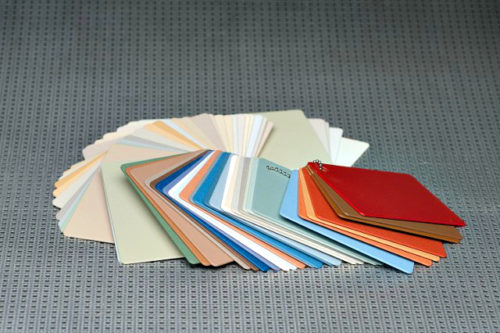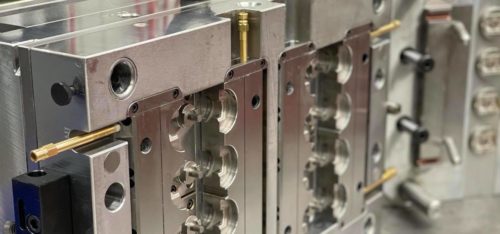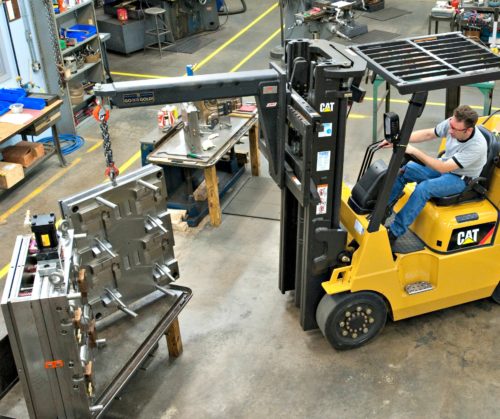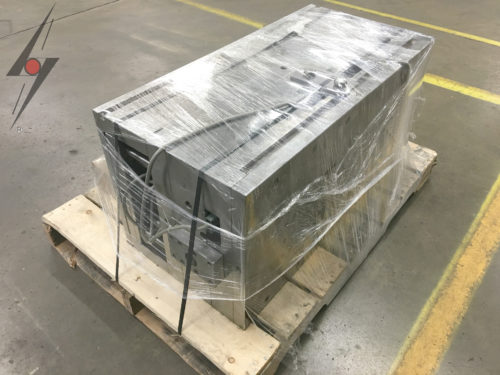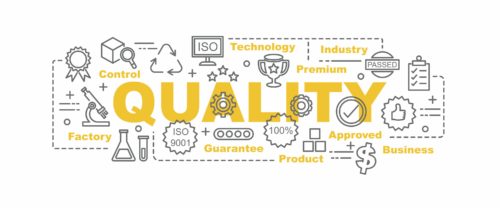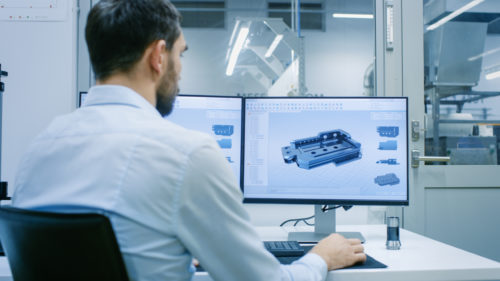How Reshoring Can Mitigate Risk
Leave a CommentLearn How Reshoring Can Reduce Supply Chain Risks
COVID-19 has taken a toll on global supply chains, forcing many businesses to begin considering reshoring their operations. Manufacturers are especially affected, although the industrial sector as a whole has seen an increase in reshoring efforts.
According to Thomas Insights, “64% of manufacturers report they are likely to bring manufacturing production and sourcing back to North America — a 10% increase from the same sentiment reported in the March 2020 survey.”
So, what’s driving this trend?
Increasing Costs & Supply Chain Disruptions
Historically, utilizing manufacturing facilities offshore was a cost-reduction strategy. Over the past few years, however, shipping costs have risen and tariffs have been imposed on those importing from China. COVID-19 has only further complicated things by impacting the global supply chain with some borders completely closed off to non-essential trade.
Long Lead Times
Customers are demanding products faster than ever thanks to advancing technologies. One way to deliver products to the end customer faster is to bring operations closer to home and the customer. Reshoring means goods have to travel shorter distances to get into the hands of their distributors. This means a faster sales process, which can assist with predictability and forecasting.
Uncertainty
During these turbulent times, the global supply chain has reduced reliability. Companies are scrambling to reduce risks and protect their business. Reshoring operations is the preferred choice to increase stability and predictability and ensure that the supply chain remains strong.
Risks of International Outsourcing
Risk is part of being in business, but the goal of every business owner is to assess and minimize risks as much as possible. While many manufacturers choose to offshore for financial reasons, the risks involved with offshoring should be considered in that decision
According to Quality Magazine, data security is a large risk involved with offshoring. Proprietary designs could be leaked to competitors and other sensitive company information may also be at risk since standards of data security vary from country to country.
Where offshoring is concerned, countries such as China and India have been popular in the past due to their low hourly rates. However, with the recent increases in wages as well as increasing costs of transportation, offshoring is becoming less desirable from a cost-saving standpoint.
Companies often report that their supply chain is often slowed considerably with the implementation of offshore manufacturing. Increased shipping costs result in slower deliveries. Global events, such as the current pandemic, can cause further delays.
Even prior to the COVID-19 pandemic, imposing tariffs have made some offshore operations even more expensive than simply producing them “at home.”
The Future Is Bright
While it may be an uncertain time right now, the future is bright for U.S. manufacturers. During this pandemic, the world has seen the importance of manufacturers with many displaying their versatility by converting operations to produce supplies and PPE in response to the COVID-19 outbreak.
The pandemic has also shifted most companies’ risk management plans. While offshoring may return to normal within the next year, it may be deemed wiser to reshore as many operations as possible to prevent further disruption in the future.
The pandemic has highlighted the need for flexibility within the supply chain. Manufacturers will do well to reestablish their operations as locally as possible.
According to the Reshoring Initiative, reshoring“benefits manufacturing companies by reducing the total cost of their products, improving balance sheets, and making product innovations more effective.”
Reshoring With Selmax
Selmax Corporation has a long and successful history of helping U.S. companies effectively reshore their plastic injection molding operations. We can help with both tooling transfers and designing and manufacturing new molds.
We are ISO:9001 certified and take pride in our stringent quality standards that ensure our customers are getting exactly what they order, every time.
Are you ready to reshore your plastic injection molding projects? Contact us or request a quote.










